The classical gardens of Suzhou
The classical gardens of Suzhou / Suzhou classical gardens, referred to as Suzhou gardens, are world cultural heritage, national AAAAA class tourist attractions, one of the top ten scenic spots in China. Suzhou classical gardens, known as "the city of gardens", enjoy the reputation of "Jiangnan gardens are the best in the world, and Suzhou gardens are the best in the south of the Yangtze River", and are known as "rebuilding the universe within a short distance".
Classical gardens in Suzhou began in the Spring and Autumn Period when the capital of Wu was established in Gusu, formed in the Five Dynasties, matured in the Song Dynasty, and flourished in the Ming and Qing Dynasties. By the end of the Qing Dynasty, there were more than 170 gardens of various colors in Suzhou. Now there are more than 60 completely preserved gardens and 19 open gardens, including Canglang Pavilion, Lion Forest, Humble Administration Garden, Residence Garden, Netmaster Garden and Yiyuan Garden.
Classical gardens in Suzhou have their unique historical position and value in the history of gardening in the world. With the superb artistic techniques of freehand landscapes, they contain strong Chinese traditional thoughts and cultural connotations. They are the model of gardening art of Oriental civilization, the outstanding and proud of Chinese gardening culture, and the outstanding representative of Chinese gardens.
On August 7, 2018, the fourth batch of "Suzhou Landscape List" was officially announced. With 18 gardens including Duanben Garden, Quanjin Guild Hall and Mohakka Garden being selected, the total number of gardens in Suzhou reached 108, and Suzhou was officially transformed from "Garden City" to "City of 100 Gardens".
Suzhou is located in the watery countryside, where lakes, ditches, ponds and weirs are scattered all over the country. It is rich in Taihu Stone, which is suitable for building exquisite rockeries. Suzhou has been prosperous in all dynasties, rich in officials and rich in the people, and is fully equipped to pursue high-quality living environment. In addition, the folk custom of Suzhou has always advocated art and pursued it. Seeking perfection, inheritance through the ages, and prosperity, whether it is rural dwellings, or official Jiadi, its design and construction are meticulous and ingenious. These basic factors have greatly promoted the development of classical gardens in Suzhou.
The history of classical gardens in Suzhou can be traced back to King Wu's gardens in the Spring and Autumn Period of the 6th century BC. Private gardens were first recorded in the pioneer gardens of the Eastern Jin Dynasty (4th century), which were called "the first in Wuzhong". In the later dynasties, gardening flourished and famous gardens became more and more popular. At the end of the Qing Dynasty, there were more than 170 gardens inside and outside the city. Suzhou won the title of "Garden City".
During the Ming and Qing Dynasties, Suzhou became one of the most prosperous areas in China. Private gardens spread all over the ancient city. During the heyday of the 16th and 18th centuries, Suzhou had more than 200 gardens and dozens of them were well preserved, which made it known as "paradise on earth".
During the Ming and Qing Dynasties, the feudal economy and culture of Suzhou reached its peak stage, and gardening art also tended to mature. A number of landscape artists appeared, which made gardening activities reach a climax. At its peak, there were more than 280 private gardens and courtyards in Suzhou.
On December 4, 1997, the 21st plenary session of the United Nations World Heritage Committee approved the inclusion of Suzhou classical gardens in the World Heritage List, taking Zhuozheng Garden, Liuyuan Garden, Netmaster Garden and Huanxiu Villa as typical examples.
On November 30, 2000, the 24th session of the UNESCO World Heritage Committee approved the addition of Canglangting, Lion Forest, Garden, Couple Garden and Retreat Garden to the World Heritage List.
In 2003, Suzhou classical gardens were named by the Central Civilization Commission as an advanced unit in the work of building a civilized industry throughout the country.
On May 30, 2017, the "World Heritage - Suzhou Classical Gardens" Tourist Culture Promotion Conference was held at the Cultural Office of the Chinese Embassy in France on May 30, 2007. Through tourism promotional films, photo exhibitions, VR (virtual reality technology) experience and other forms, the unique charm of Suzhou Classical Gardens "multi-scenic spots, close to mountains and forests" was displayed to the French people. Power.
artistic characteristics
Step by step, change scenery, rebuild the universe within a short distance
According to local chronicles, the gardens in Suzhou have their own artistic characteristics in layout, structure and style. The four classical gardens, Zhuozheng Garden, Liuyuan Garden, Netshiyuan Garden and Huanxiu Villa, originated in the heyday of Suzhou classical gardens, fully reflect the national characteristics and level of Chinese gardening art. They have a complete range of architectural types and complete preservation. These four gardens cover a small area, but ingeniously use a variety of gardening art skills and techniques to combine pavilions, pavilions, springs, rocks, flowers and trees to simulate the natural scenery, creating an ideal space of "urban mountains and forests" and "living in bustling cities and close to nature". They systematically and comprehensively display the layout, structure, shape, style, color, decoration, furniture, furnishings and other aspects of Suzhou classical garden architecture. They are representative works of traditional folk architecture in Jiangnan area during the Ming and Qing Dynasties (14-early 20th century). They reflect the high residential style of this period in Jiangnan area of China. In the Ming Dynasty, it had influenced the architectural style of the whole city in the south of the Yangtze River, and brought the design, conception, layout, aesthetic appreciation and construction technology of folk buildings closer to it, which reflected the scientific and technological level and artistic achievements of urban construction at that time. In beautifying the living environment, building beauty, natural beauty and humanistic beauty have reached a historical height, which has an irreplaceable position in the history of landscape art development in China and even in the world.
Artistic thought
Chinese gardening art and Chinese literature and painting art have far-reaching historical origins, especially influenced by the freehand landscape paintings of literati in Tang and Song Dynasties, which is a model for the simulation of freehand landscape paintings of literati. In the course of its development, Chinese gardens have formed two series, including royal gardens and private gardens. The former is concentrated in Beijing, while the latter is represented by Suzhou. Due to the differences in political, economic, cultural status and natural and geographical conditions, there are obvious differences in scale, layout, volume, style and color between the two. Royal gardens are magnificent, neat, magnificent and rich, while Suzhou classical gardens are small, free, delicate, elegant and have long writing opinions. Because the latter pays more attention to the harmony and unity of culture and art, it develops to the late imperial gardens. In terms of artistic conception, creative ideas, architectural skills and humanistic content, it also draws a lot of "freehand brushwork" from private gardens.
Cultural Implication
The gardeners in Suzhou use unique gardening techniques to reflect ancient philosophical concepts, cultural awareness and aesthetic taste in limited space by overlapping mountains and rivers, planting flowers and trees, allocating garden buildings, and using a large number of plaques, couplets, calligraphy and painting, sculpture, steles, furniture display and various decorations, so as to form a full of ancient philosophical ideas, cultural awareness and aesthetic taste. Poetic and picturesque literati's freehand landscape gardens make people "enjoy the scenery without going out of the city, enjoy the pleasure of forest springs while living in a busy city", and achieve the artistic situation of "though created by people, it is like heaven's opening".
The gardens of past dynasties have their own natural, historical, cultural and artistic characteristics. Since the Song Dynasty, Suzhou, as a famous historical and cultural city in China, has preserved many unique private gardens for thousands of years. All these classical gardens, their architectural layout, structure, shape and style, have ingeniously applied various gardening art skills and techniques, such as contrast, foil, contrast, landscape, scale transformation of relics, hierarchical coordination and small, small and medium-sized to see big, small to win more, etc., to combine pavilions, terraces, pavilions, springs, stones, flowers and trees. The city creates a harmonious living environment between man and nature. It constitutes the general characteristics of Suzhou classical gardens. There are more than ten famous gardens, such as Canglang Pavilion, Lion Forest, Humble Administration Garden, Living Garden, Netmaster Garden, Yiyuan, etc. Suzhou classical gardens occupy a small area. They adopt the artistic techniques of infinite transformation and unconstrained style, embody the mood of Tang and Song poetry with the interest of Chinese landscape flowers and birds, embellish rockeries and trees in limited space, arrange pavilions, pavilions and small bridges in ponds, so that Suzhou classical gardens can win with scenery, and give people small insights because of different gardens. Great artistic effect. Humble Administration Garden enjoys the reputation of "the essence of famous gardens in the south of the Yangtze River".
Suzhou classical gardens have always been called "literati gardens". Bai Juyi said in Cao Tang Ji that "covering the soil for the platform, gathering the stone for the mountain, and fighting around the water for the pool" is the paradigm of literati gardens. Classical gardens in Suzhou fully embody the theme of "natural beauty". In the design and construction, they adopt various methods such as adapting to local conditions, borrowing scenery, matching scenery, dividing scenery, separating scenery and so on to organize space, resulting in the landscape artistic effect of winding and changeable, big in small, virtual and real in gardens. Through overlapping mountains and rivers, planting flowers and trees, and configuring garden buildings, a landscape garden full of poetic and picturesque literati is formed, which creates a "urban mountain forest" in which man and nature live in harmony in the city. In a certain area, the beautiful natural environment and recreational environment created by means of engineering technology and artistic means, such as remodeling terrain (or further building mountains, stacking stones, water management), planting trees, flowers, building buildings and arranging garden roads, are called gardens. Chinese traditional architecture is unique, and the classical garden architecture has made great achievements.
The history of Suzhou classical gardens lasts for more than 2000 years. It has its unique historical position and value in the history of world gardening. With its superb artistic techniques of freehand landscapes, it contains strong Chinese traditional thoughts and cultural connotations, and demonstrates the artistic model of Oriental gardening. Classical gardens in Suzhou are "urban mountains and forests" full of natural interest in the city. As soon as people living in downtown areas enter the gardens, they can enjoy the "pleasure of mountains, rivers, forests and springs" of nature. In this concentrated "natural world", "one spoonful of water, one punch instead of mountains", "four seasons of morning mistake changes in the garden, the decline of plants in spring and autumn, and the seasonal changes of flowers and trees in mountains and rivers, people can"enjoy the pleasure of mountains and forests without going out of the city, and enjoy the pleasure of forests and springs while living in a busy city".
Suzhou classical gardens are "literati's freehand landscape gardens" with profound cultural implications. Ancient gardeners had a high cultural accomplishment. They were good at poetry and painting. When gardening, they mostly took painting as the basis and took poetry as the theme. They created a poetic landscape by digging pools, piling mountains and planting flowers and trees. It was called "silent poetry, three-dimensional painting". Visiting gardens is like tasting poetry and painting. In order to express the interest, ideal and pursuit of the gardener, the gardening architecture and landscape are inscribed with plaques and couplets of poems and essays, such as self-describing characters with pure lotus fragrance (Yuanxiangtang of Humble Administration Garden), elegant vanilla self-describing noble temperament (Xiangzhou of Humble Administration Garden), and admiring the ancients as boats drifting freely and happily. There are not enough of them (Yiyuan "Painting Fangzhai"), but also the four garden life (net teacher garden "true meaning", "Xiaotaoyuan" and so on), which shows the garden owner's desire for tranquil life. These poems and inscriptions full of book spirit are rubbed together naturally and harmoniously with the buildings, landscapes, flowers and trees in the garden, so that the mountains, rivers, plants and trees in the garden can produce a far-reaching artistic conception, wander among them, and get the edification of the soul and the enjoyment of beauty. Although the classical gardens in Suzhou are small, the ancient gardeners, through various artistic techniques, have ingeniously created rich and varied scenery, traveling in the gardens, or seeing "the courtyard is a little deep", or seeing "another village with bright willows and dark flowers", or seeing small bridges, pink walls and tiles, or seeing winding paths, winding peaks and loops, or walking. Jingyi is changeable. As for the various forms and exquisite designs of the window, those like brocade in the foot of the endless pavement, those seemingly inadvertently scattered in the corner of the sketches... More impressive, endless aftertaste.
Suzhou classical gardens are the art of time and history. A large number of plaques, couplets, calligraphy and painting, sculpture, stone tablets, furniture display, all kinds of ornaments and so on, all of which are exquisite works of art embellishing gardens, all of which contain ancient Chinese philosophy, cultural awareness and aesthetic interest. Suzhou classical gardens and gardens are integrated, enjoyable, travelable, livable, and can experience a comfortable life. The formation of this architectural form is a creation of human attachment to nature, pursuing harmony with nature, beautifying and perfecting their living environment in densely populated cities and cities lacking natural scenery.
This is a vivid portrayal of the classical gardens in Suzhou, and the best description of the artistic conception of gardens is the "wind-cut books sound lotus root flowers". On the one hand, classical windows and doors of years lead us into "Suzhou Classical Garden". In April 1978, Mrs. Thatcher, then the leader of the Conservative Party of Britain, visited the Humble Administration Park in Suzhou, leaving behind a classic moment when she passed through the "unique cave sky": the deep moon cave door was like a time-space tunnel, connecting the friendship between the East and the West, opening the "window" of China's opening to the outside world.
Suzhou classical gardens have always been called "literati gardens". Bai Juyi said in Cao Tang Ji that "covering the soil for the platform, gathering the stone for the mountain, and fighting around the water for the pool" is the paradigm of literati gardens. Classical gardens in Suzhou fully embody the theme of "natural beauty". In the design and construction, they adopt various methods such as adapting to local conditions, borrowing scenery, matching scenery, dividing scenery, separating scenery and so on to organize space, resulting in the landscape artistic effect of winding and changeable, big in small, virtual and real in gardens. Through overlapping mountains and rivers, planting flowers and trees, and configuring garden buildings, a landscape garden full of poetic and picturesque literati is formed, which creates a "urban mountain forest" in which man and nature live in harmony in the city. In a certain area, the beautiful natural environment and recreational environment created by means of engineering technology and artistic means, such as remodeling terrain (or further building mountains, stacking stones, water management), planting trees, flowers, building buildings and arranging garden roads, are called gardens. Chinese traditional architecture is unique, and the classical garden architecture has made great achievements.
The history of Suzhou classical gardens lasts for more than 2000 years. It has its unique historical position and value in the history of world gardening. With its superb artistic techniques of freehand landscapes, it contains strong Chinese traditional thoughts and cultural connotations, and demonstrates the artistic model of Oriental gardening. Classical gardens in Suzhou are "urban mountains and forests" full of natural interest in the city. As soon as people living in downtown areas enter the gardens, they can enjoy the "pleasure of mountains, rivers, forests and springs" of nature. In this concentrated "natural world", "one spoonful of water, one punch instead of mountains", "four seasons of morning mistake changes in the garden, the decline of plants in spring and autumn, and the seasonal changes of flowers and trees in mountains and rivers, people can"enjoy the pleasure of mountains and forests without going out of the city, and enjoy the pleasure of forests and springs while living in a busy city".
Suzhou classical gardens are "literati's freehand landscape gardens" with profound cultural implications. Ancient gardeners had a high cultural accomplishment. They were good at poetry and painting. When gardening, they mostly took painting as the basis and took poetry as the theme. They created a poetic landscape by digging pools, piling mountains and planting flowers and trees. It was called "silent poetry, three-dimensional painting". Visiting gardens is like tasting poetry and painting. In order to express the interest, ideal and pursuit of the gardener, the gardening architecture and landscape are inscribed with plaques and couplets of poems and essays, such as self-describing characters with pure lotus fragrance (Yuanxiangtang of Humble Administration Garden), elegant vanilla self-describing noble temperament (Xiangzhou of Humble Administration Garden), and admiring the ancients as boats drifting freely and happily. There are not enough of them (Yiyuan "Painting Fangzhai"), but also the four garden life (net teacher garden "true meaning", "Xiaotaoyuan" and so on), which shows the garden owner's desire for tranquil life. These poems and inscriptions full of book spirit are rubbed together naturally and harmoniously with the buildings, landscapes, flowers and trees in the garden, so that the mountains, rivers, plants and trees in the garden can produce a far-reaching artistic conception, wander among them, and get the edification of the soul and the enjoyment of beauty. Although the classical gardens in Suzhou are small, the ancient gardeners, through various artistic techniques, have ingeniously created rich and varied scenery, traveling in the gardens, or seeing "the courtyard is a little deep", or seeing "another village with bright willows and dark flowers", or seeing small bridges, pink walls and tiles, or seeing winding paths, winding peaks and loops, or walking. Jingyi is changeable. As for the various forms and exquisite designs of the window, those like brocade in the foot of the endless pavement, those seemingly inadvertently scattered in the corner of the sketches... More impressive, endless aftertaste.
Suzhou classical gardens are the art of time and history. A large number of plaques, couplets, calligraphy and painting, sculpture, stone tablets, furniture display, all kinds of ornaments and so on, all of which are exquisite works of art embellishing gardens, all of which contain ancient Chinese philosophy, cultural awareness and aesthetic interest. Suzhou classical gardens and gardens are integrated, enjoyable, travelable, livable, and can experience a comfortable life. The formation of this architectural form is a creation of human attachment to nature, pursuing harmony with nature, beautifying and perfecting their living environment in densely populated cities and cities lacking natural scenery.
This is a vivid portrayal of the classical gardens in Suzhou, and the best description of the artistic conception of gardens is the "wind-cut books sound lotus root flowers". On the one hand, classical windows and doors of years lead us into "Suzhou Classical Garden". In April 1978, Mrs. Thatcher, then the leader of the Conservative Party of Britain, visited the Humble Administration Park in Suzhou, leaving behind a classic moment when she passed through the "unique cave sky": the deep moon cave door was like a time-space tunnel, connecting the friendship between the East and the West, opening the "window" of China's opening to the outside world.
Tourism information
Classical gardens in Suzhou enjoy the reputation of "Jiangnan gardens are the best in the world, and Suzhou classical gardens are the best in the south" because of their exquisite, beautiful, ingenious and natural characteristics. They are unique tourist resources in Suzhou.
The four classical gardens of Suzhou, Canglang Pavilion, Lion Forest, Humble Administrator's Garden and Liuyuan Garden, represent the artistic styles of the Song (960-1278), Yuan (1271-1368), Ming (1368-1644) and Qing (1644-1911) dynasties respectively. They are called the "Four Great Gardens" of Suzhou, and Netshiyuan is also quite negative. Great reputation.
Zhuozheng Garden is the largest and most famous garden, located at 178 Northeast Street in Loumen; Lion Forest has the largest remaining ancient rockery group, known as "rockery kingdom", at No. 23 Garden Road in the northeast of the city; Residence Garden is one of the four famous gardens in China, which is well-known for its exquisite architectural layout, numerous exotic stones and distant location. Located at 338 Liuyuan Road, Canglang Pavilion is the oldest garden in Suzhou. It is located near Sanyuanfang in the south of Suzhou.
According to the Regulations on the Protection and Management of Suzhou Landscapes, Suzhou has continuously improved the protection system of Suzhou Landscape List. From 2015 to August 2018, four batches of "Suzhou Gardens List" were published in Suzhou. A total of 108 gardens in the city have been included in the legal protection system. All the selected gardens have been listed for protection, and the scope, content and object of protection have been defined.
Suzhou has also formulated and promulgated the "Measures for the Use of Funds for the Protection of Gardens in Suzhou", which subsidizes, rewards and subsidies the renovation of ancient gardens, excellent management units and the opening of gardens with government financial funds, effectively solving many practical problems in the protection of gardens.
The Management Department of gardens and greening in Suzhou has formulated a special plan for the protection and restoration of gardens in Suzhou. According to the three modes of "comprehensive protection, restoration and protection, and site protection", 12 key gardens have been protected and restored in a planned way, so as to make more gardens glorious and popular in the world.
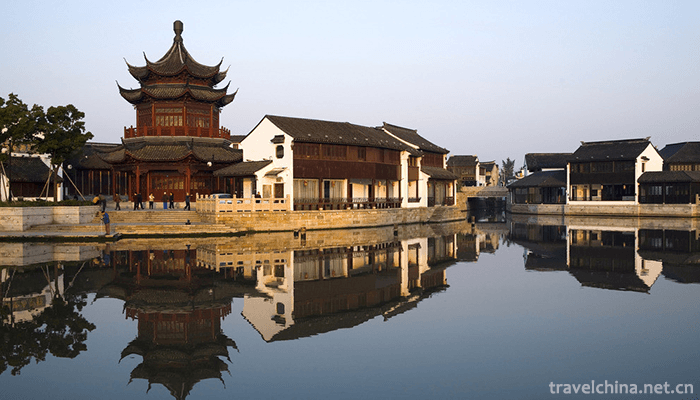

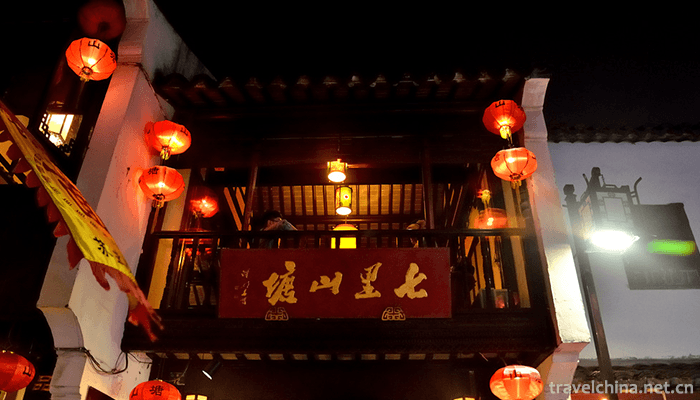
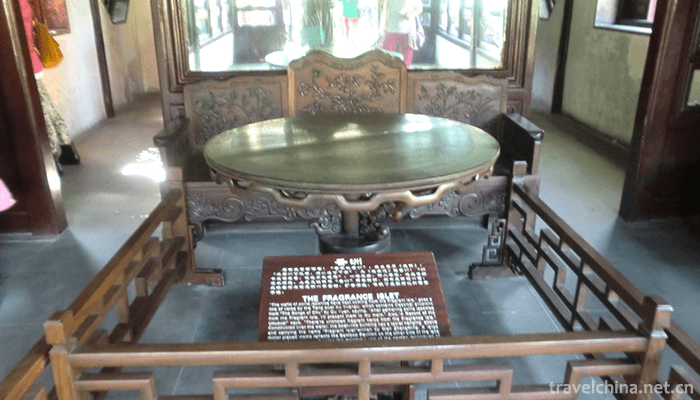
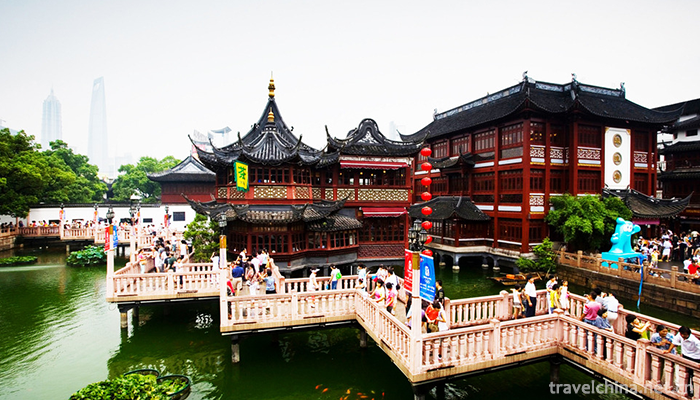
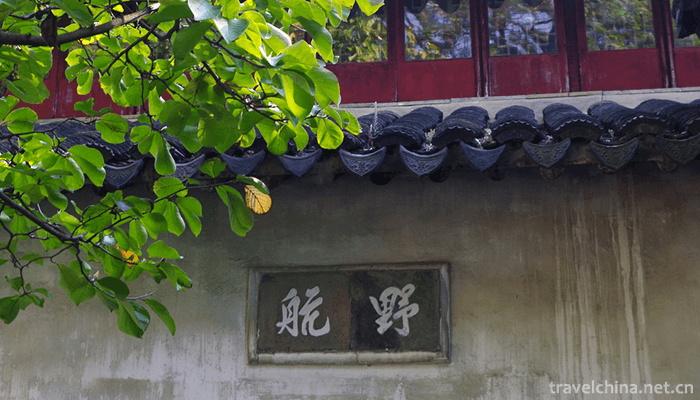
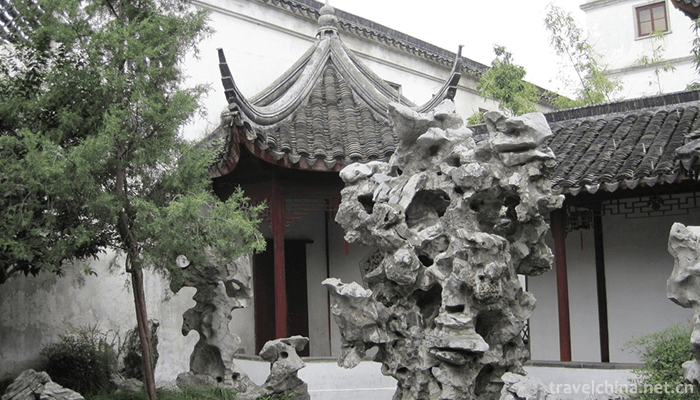
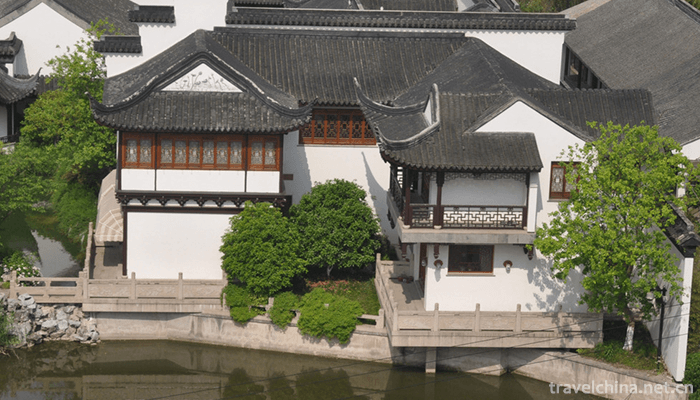
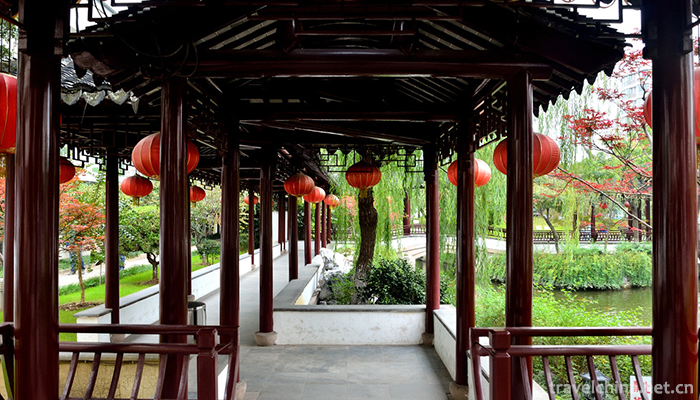
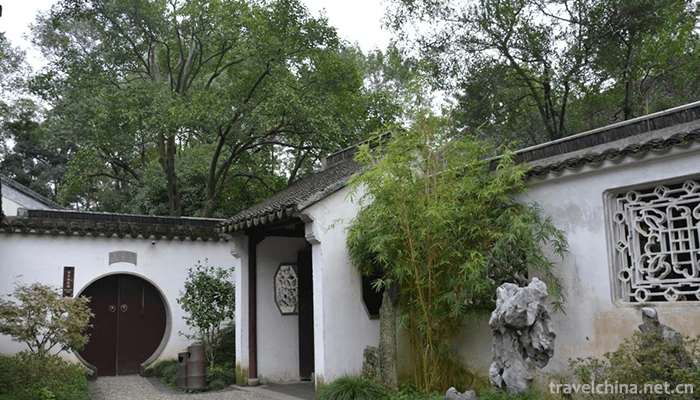

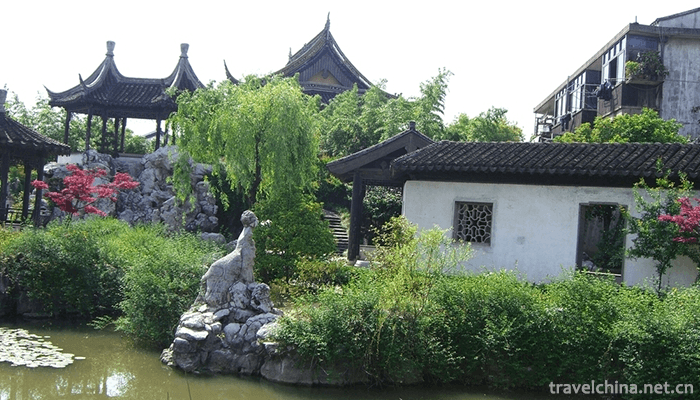
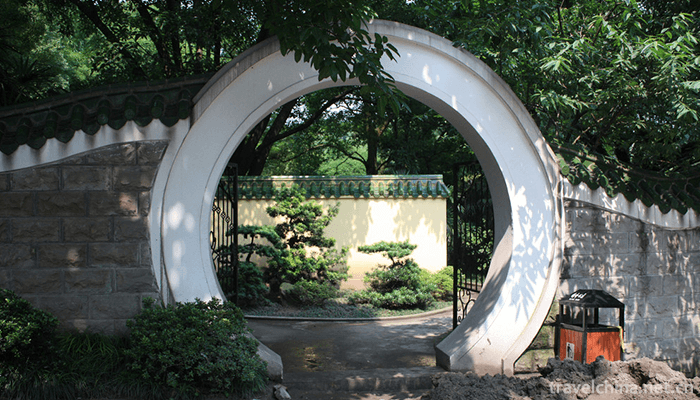

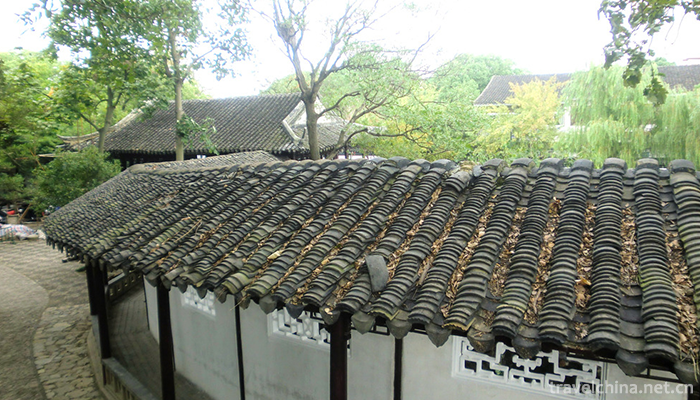
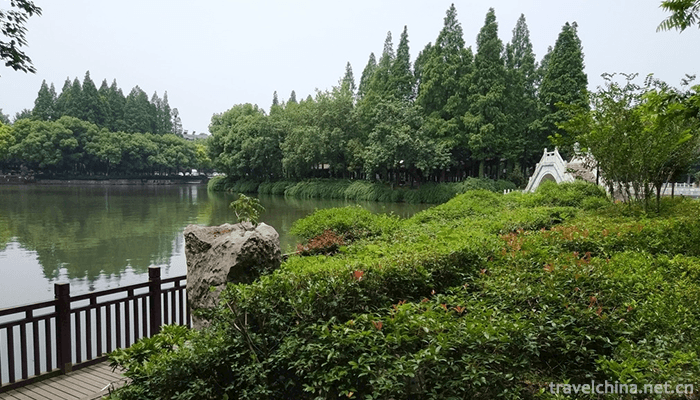

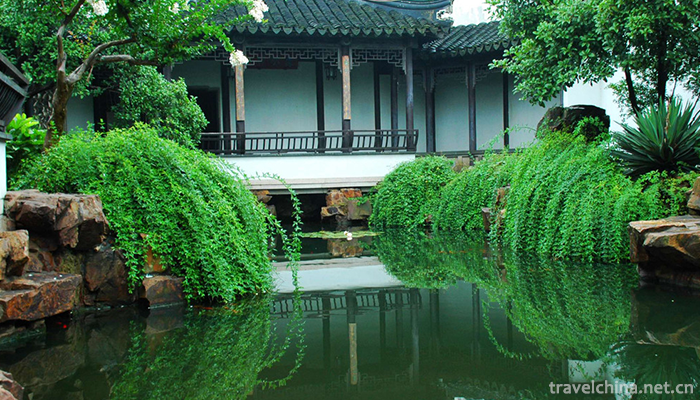
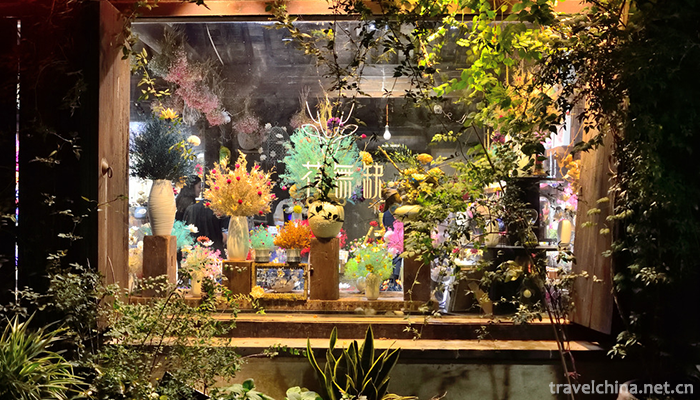
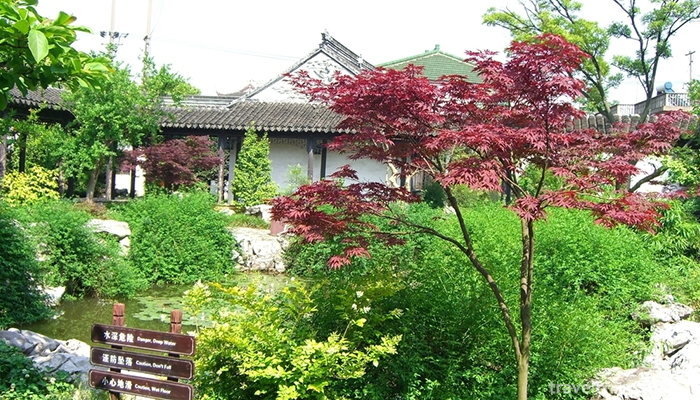
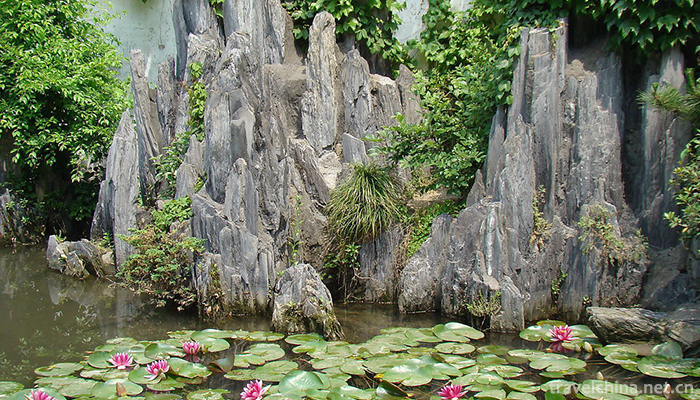


-
1.Old Beijing fried Morchella
The most famous famous food in Beijing is old Beijing tripe and Beijing roast duck. As for the oldest and most prosperous snacks in Beijing, belly burst is definitely the best among them.
Time 2018-10-27 -
2.Guilin Happy Land Theme Park
Guilin Lemandi theme park Gudong Waterfall is suitable for sightseeing all the year round. April-October is the best time for Guilin tourism. The scenic spot is located in Guilin
Time 2018-12-12 -
3.Shahu Sand Lake tourist attraction
In 1996, Shahu Lake was listed as one of the 35 trump-card scenic spots in China. In 2000, Shahu Lake was designated as "National Civilized Tourism Scenic Spot" by the Central Office of Spir
Time 2018-12-12 -
4.Langyatai Scenic Area
Langyatai Scenic Spot belongs to Qingdao Langyatai Provincial Tourism Resort (established in December 1995 with the approval of Shandong Provincial People's Government with a planned area of 9.8 squar
Time 2019-01-29 -
5.Traditional pasta making techniques
Traditional pasta making technology was listed in the second batch of national intangible cultural heritage list in 2008.
Time 2019-04-20 -
6.Guangxi Wenchang
Wenchang in Guangxi is short for Wenchang, also known as Wenjuzi and Xiaoqu. It is the traditional Solfeggio art popular in the northern Guangxi Mandarin area, especially in Guilin
Time 2019-05-01 -
7.Li Folk Songs
Folk songs play an important role in daily life. Almost all men, women and children can sing. Especially on festive days, singing is an indispensable recreational activity. In the daily production wor
Time 2019-05-12 -
8.Ningbo Zhujin lacquer wood carving
Also known as "Golden Lacquer Wood Carving", it is a traditional Chinese craft. Composition features mainly draw on the advantages of Chinese folk paintings and literati landscape flowers an
Time 2019-06-08 -
9.Panhu Legend
Panhu and Xinnu myths and legends are abbreviated as Panhu legends. They originated in Luxi County, Xiangxi Tujia and Miao Autonomous Prefecture, Hunan Province. They are the main contents of Panhu cu
Time 2019-06-08 -
10.Fishermens Opening and Xieyang Festival
Fishermen's opening and Xieyang Festival is a special folk activity in coastal areas of China. It is mainly spread in Xiangshan County, Daishan County, Rongcheng City, Rizhao City and Jimo City in Zhe
Time 2019-07-14 -
11.Peking University
Founded in 1898, Peking University was first named as Beijing Normal University Hall. It was the first national comprehensive university in China and the highest educational administrative organ at th
Time 2019-08-30 -
12.Main scenic spots in Luzhou
Located in Luzhou city. It was built in the 18th year of Shaoxing in the Southern Song Dynasty (1148), in the year of Hongzhi of Ming Dynasty (1488-1505), in the 14th year of Guangxu of Qing Dynasty (1884) and in 1985, and has been well preserved.
Time 2020-12-14